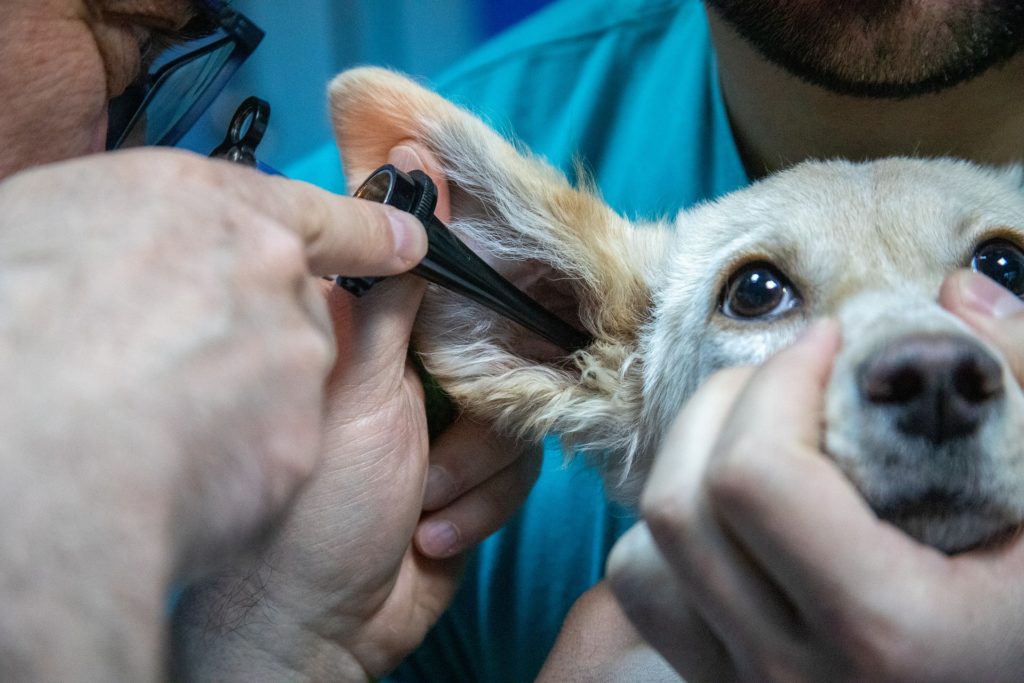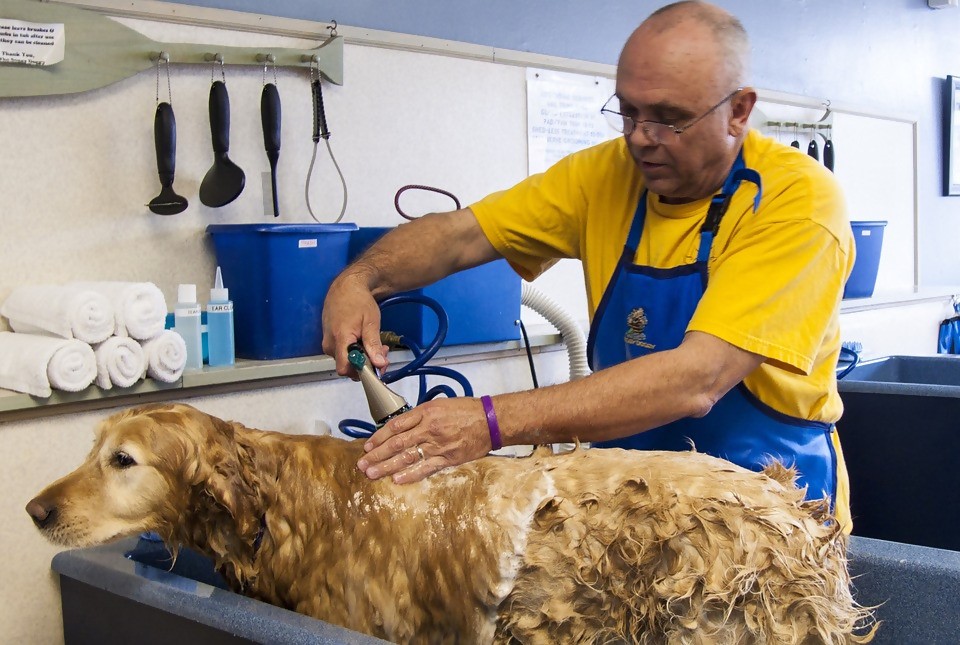Fleas are some of the most common external parasites that can affect dogs. Fleas bite their victims to feed on their blood. And these bites can lead to a variety of conditions, including intense itching, soreness, and infection. So, how do you treat flea bites on dogs?
Symptoms of flea bites on dogs
First, it’s important to identify flea bites. This is because a misdiagnosis can make treatments ineffective and unsafe. You have to be sure you are dealing with flea bites, and not something else.
- Live fleas. A strong sign you are dealing with flea bites is when you see live fleas on your dogs. These parasites are small insects that cling to their fur. Though fleas can thrive anywhere on your dogs’ bodies, they excel particularly well on warm and protected areas, like the armpits and groins.
- Small red spots. Flea bites look like small red dots on the skin. They are easy to see on humans, but they can be hard to spot on dogs because they are covered in fur. Flea bites are distinctive. They are smaller than other insect bites and you can often find them in clusters. Aside from the armpits and groins, the breasts, waists, and folds of elbows and knees are common areas to see these dots.
- Intense itching and scratching. Flea bites can be incredibly itchy. This is because of the compounds that can be found in flea saliva. These compounds get into the dogs’ bodies as the pests bite and suck their blood. Sensitive dogs can even have allergic reactions, making the itching even worse.
- Skin irritation and scabs. You should treat flea bites on dogs fast because they can be itchy enough to cause severe scratching and skin irritation. You may also see other related conditions like bald spots, hair loss, and scabs.
- Infection. Dogs don’t just relieve their itch with scratching. They can also bite and chew on their skin. Biting, chewing, and scratching can all lead to skin damage and bacterial infections. Be on the lookout for white-topped blisters and pus.
The key to knowing whether your dogs have flea bites or not is to take a good look at them. Check for live parasites and sudden changes in behavior. You know your dogs more than anyone else. If you see them scratching more than usual, you may have a flea bite problem in your hands.

Flea bite treatments for dogs
Luckily, you can treat flea bites on dogs. Try these treatments immediately to avoid further complications like skin damage and bacterial infections.
- Go to the veterinarian. The best way to treat flea bites on dogs is to consult a veterinarian. They will know the condition and medical history of your pets. There are many effective treatments out there, like shampoos, topical medications, and even injections for severe cases. The veterinarian is the one most suited to give the treatments that are best for your dogs’ specific case.
- Use the medication as instructed. This may seem like obvious advice, but some people don’t take medication instructions seriously. They think that they can just apply the medication and see results soon enough. It’s not that simple. For instance, there are medications that become less efficacious if you wash your dogs afterward. There are also those that become ineffective if you don’t re-apply them at the instructed time.
- Try over-the-counter solutions. If you can’t get to a veterinarian for whatever reason, there are also over-the-counter solutions available. The good news is that they can be very effective too. Just follow the instructions on their labels to maximize effectiveness and safety. But the bad news is that they may not be the best treatments for your dogs’ specific case. For instance, severe inflammation may require corticosteroids. But these medications can have side effects, so it’s best to take them under the supervision of a veterinarian.
- Try natural solutions. You can treat flea bites on dogs using home remedies too. They have ingredients that can ease itching, reduce inflammation, and help soothe the other flea bite symptoms. The Animal Health Foundation recommends using a 50/50 solution of apple cider vinegar and water for itchy skin and hot spots. This solution can help repel fleas too, which is a plus.
Over-the-counter and natural solutions may be effective. But remember that it’s always better to consult a veterinarian. You should consider consulting even if you are planning to use over-the-counter and natural solutions only. Your veterinarian will still be able to help.

Flea bite prevention for dogs
You know what they say – prevention is better than cure. Prevent flea bites now to save yourself from the hassle of dealing with flea bites.
- Get rid of the fleas on your dogs. There are many treatments for dog fleas, like flea collars, shampoos, spot-on treatments, and even tablets you can mix with your dogs’ food. But again, the best way to treat dog fleas is to consult a veterinarian. Flea treatments can have side effects, so the supervision of a veterinarian will ensure their effectiveness and safety.
- Get rid of the fleas on your property. Fleas don’t just thrive on your pets. They can also thrive inside your home, like your mattress. And they can bite you too, putting you at risk of the same flea bite symptoms. They can also thrive outside your home, particularly on cool and moist areas, like shrubs, leaves, and trees. The general advice is to keep your home’s interior clean and vacuumed and exterior debris-free and maintained.
- Keep your property flea-proof. Prevent fleas from getting into your property by using preventive measures. You can scatter beneficial nematodes to safeguard your home’s exterior. You can also use flea collars, oral medications, and other flea prevention techniques on your dogs to boost their immunity against the pests.
Dog flea bites are treatable
Flea bites are health risks not just to your dogs, but also to you. They can cause intense itching, skin irritation, and infection. But it’s a good thing that they are treatable. The best way to treat them is to consult a veterinarian, but there are also interesting over-the-counter and natural solutions available.

